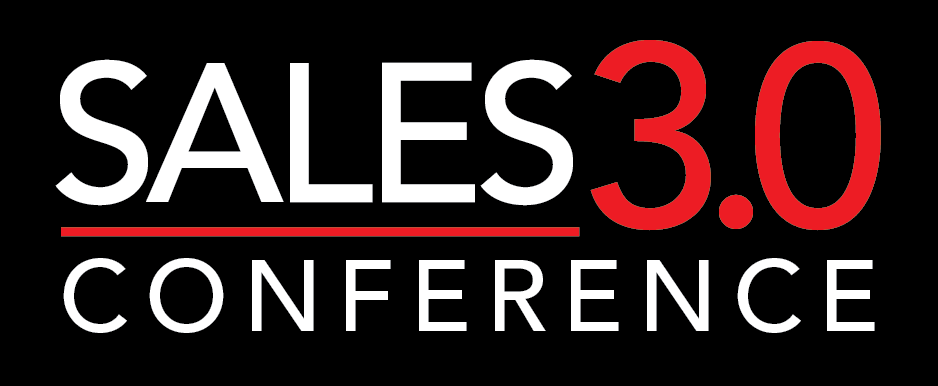Hiring a great B2B sales candidate isn’t easy (particularly in this job market).
Over the years, I’ve noticed successful sales managers keep the Pareto Principle in mind when hiring. The Pareto Principle, also known as the 80/20 rule, advises that 80 percent of any output will be generated by only 20 percent of the total input. Therefore, as applied to sales organizations, 20 percent of sales reps produce 80 percent of the business. Those in the 20 percent also are more likely to get more promotions, more perks, their choice of territory, and (of course) higher income.
Why You’ll Probably Hire the Wrong Sales Rep
Disconcertingly, it follows that the 80 percent bring in only 20 percent of sales. So, what does that mean for hiring sales reps? It means – odds are – you’ll probably hire the wrong rep. And it costs you. Tony Hsieh, CEO of Zappos, estimated that his own bad sales hires had cost Zappos $100 million.
How can you avoid making a bad hiring decision and find only the best B2B sales candidates to add to your team? Follow these five steps.
Step #1: Identify the ideal B2B sales candidate.
This is a crucial step. To develop a description, use these questions as a guide and/or assess your current sales team:
- What has caused sales reps to struggle and fail?
- How does our go-to-market make selling difficult for salespeople?
- What resistance and objections will the salesperson encounter?
- What should their past success track record look like?
- What’s the competitive landscape they will confront?
- What kind of support, supervision, coaching, and accountability will they get from management?
- What traits do your top 20 percent of sellers have?
Step #2: Search for the ideal B2B sales candidate.
Once you identify the criteria, it can be used for posting. Describe the candidate you are looking to attract, their experiences, and accomplishments rather than a company description and list of benefits. Ads should read like: “You must have prior success selling high-ticket, complex conceptual services to presidents of large companies in a highly competitive market,” and end with something like, “You must have prior income of at least $100K.” Also, refrain from using playful terms like “sales ninja” or “sales Jedi.”
Step #3: Use a formal assessment tool as part of recruitment and hiring.
When working with a sales organization, one of the first questions I ask executives is how they recruit, hire, and train their sales reps. The answers range from, “Our sales managers just hire people they like and do ride-a-longs,” to, “gut feeling,” to, “It’s a black box; I have no idea.”
No wonder they hire top performing salespeople only 20 percent of the time. (It’s surprising it’s not less!)
With executives admitting they have no visibility into the sales rep hiring process, they must take further due diligence to ensure only the best are hired. Assessment tools help interviewers overcome inherent and unintended recruiting challenges and their negative implications, such as bias and involuntary turnover rates. A good tool will look at sales beliefs, sales competencies, and motivations.
Additionally, in the interview environment, salespeople are highly skilled in presenting themselves in a manner that will cause the recruiter to react positively. Think about it. Their previous sales careers have depended upon their ability to develop warm relationships quickly, find common areas of interest, and persuade prospects to buy what they’re selling. Applying and interviewing for a new role is no different. They are merely selling themselves, and you are very likely to buy them. The questions we need to answer are:
- Will they hit the ground running and quickly produce revenue?
- Do they need to be liked by their customers?
- Are they rejection proof?
- Are they comfortable talking about money?
- Do they know how to sell?
- Will they sell?
- Can they work remotely?
- Do they understand what a CRM is for – and how to use it?
- Do they have the skills and mindset you have seen in your top 20 percent of performers?
Our internal research shows that sales leaders who assess their candidates immediately upon receiving a resume identified 50 percent more hirable candidates than those who delayed assessing until later in the process. Also, EEOC Guidelines require that, if a company chooses to use an assessment, they must assess all of their candidates. As far as possible, make sure the assessment you use has the following:
- Candidate hiring recommendation
- Hiring criterion that allows you to make adjustments for the complexity of the sales role and incorporates the organization’s requirements
- Interviewing tips and questions to expose potential problems and consistencies
- Predictions of the issues the candidate will likely encounter in the field
- Conditions for hiring
- Candidate ranking capabilities
- Predictions of ramp-up time
- A technical manual
Assessing candidates early in the process ensures you don’t waste time interviewing or selecting undesirable candidates, and that you understand the candidate’s skills before you meet them. The best assessment tools sell you a license by role, not by test completed. When you buy a license by role you can send as many candidates through the assessment as needed until you find the right one.
Step #4: Qualify your sales candidates.
-This step is the most powerful of the process. It should consist of a short call where you ask them to demonstrate how they meet your criteria, so you can determine whether the candidate actually meets your requirements. Observe how they listen to your questions, how they respond, and whether they sound good enough on the phone to continue speaking with them (or whether someone would want to cut them off). Listen to how they make their case – and cut them off abruptly to see how they handle your put-off. Award points for the various criteria and score each candidate appropriately based on how they meet your criteria.
Step #5: Use the interview process to find out how the candidate really sells.
Since you’ve already assessed the candidate’s capabilities, you can focus on other things such as verbal acuity, organizational fit, intelligence, warmth, and how this candidate would represent your company. Ask the salesperson to sell you something in a predetermined sales scenario. Ask questions about past successes and challenges and listen to how they respond. Do they respond with stories that share the challenges, how they solved them, and the financial impact? Can you see this candidate having commercial conversations with your customers?
Remember: The talent on your sales team will determine your success when hitting aggressive quotas and achieving your company’s future goals.
Finding top performers is the difference between your company’s victory or failure in competitive markets. Your new salespeople will be representing your brand in the marketplace. If you conduct your search wisely using assessment tools and interviewing, you’ll find the right fit.
Best of luck to you!

Mark Roberts is vice president, sales and marketing, at SPARXiQ. He brings an exceptional background of over 35 years of sales and marketing successes and leadership with manufacturers and distributors. Hear him speak with Selling Power founder Gerhard Gschwandtner about sales training strategies to ignite sales performance, Thursday, March 19, in a live Webinar.





